Who remembers when computers had an incredible 52K of memory – and that was with an expansion upgrade? If you do, then you might remember Load Runner – a very short-lived fortnightly comic published in 1983 from London-based ECC Publications, who were also publishers of magazines such as Sinclair User, 16/48, and the exciting-tiled Acorn Programs.
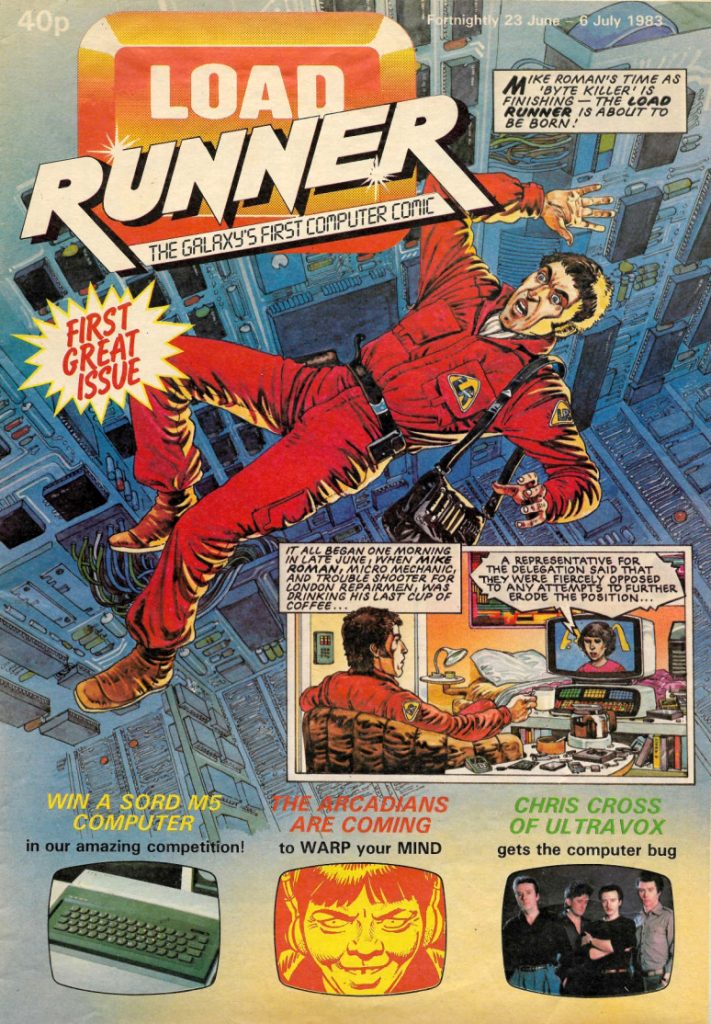
Published on the back of the 8-bit home computer boom that saw the release of the Sinclair Spectrum, ZX81, Commodore 64, Vic 20, BBC Micro and more, Load Runner, which was clearly aimed at both sexes, lasted just 13 issues – but featured the work of some great artists including 2000AD and Battle‘s John Cooper, Marvel UK artist John Stokes and Countdown‘s Malcolm Stokes.
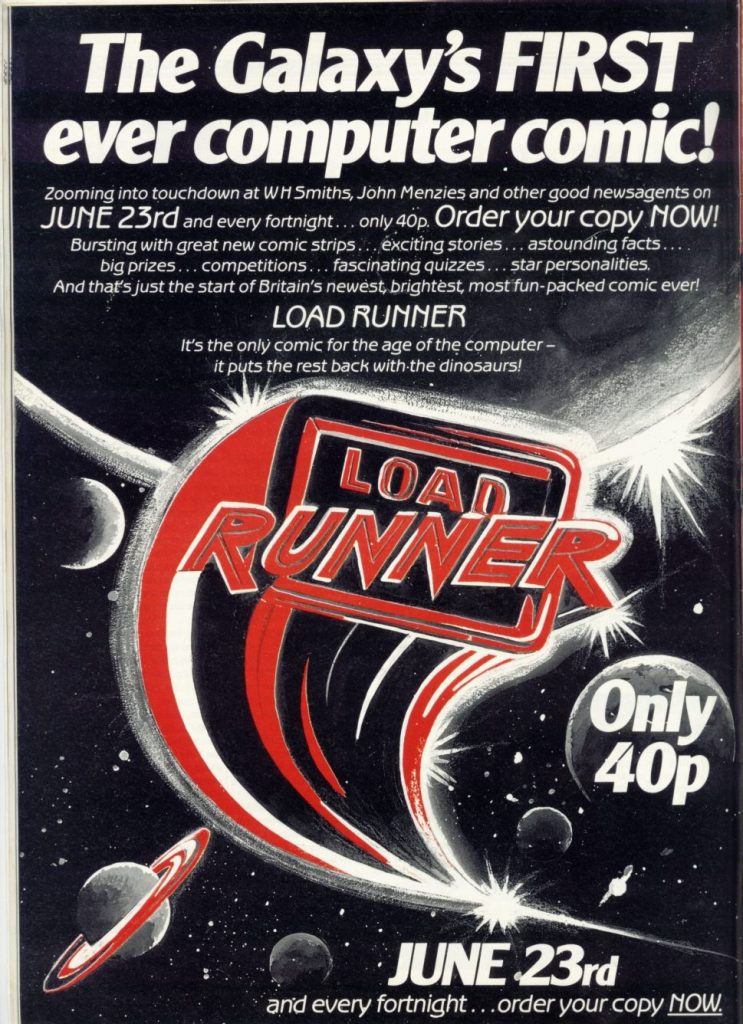
Cross promoted in Sinclair User, the title was presumably a nod to both the NES Lode Runner game of the time, and the need to ‘load’ cassette based programs / games to play them – recently demonstrated to astonished game players of today on the BBC’s Back in Time For the Corner Shop.

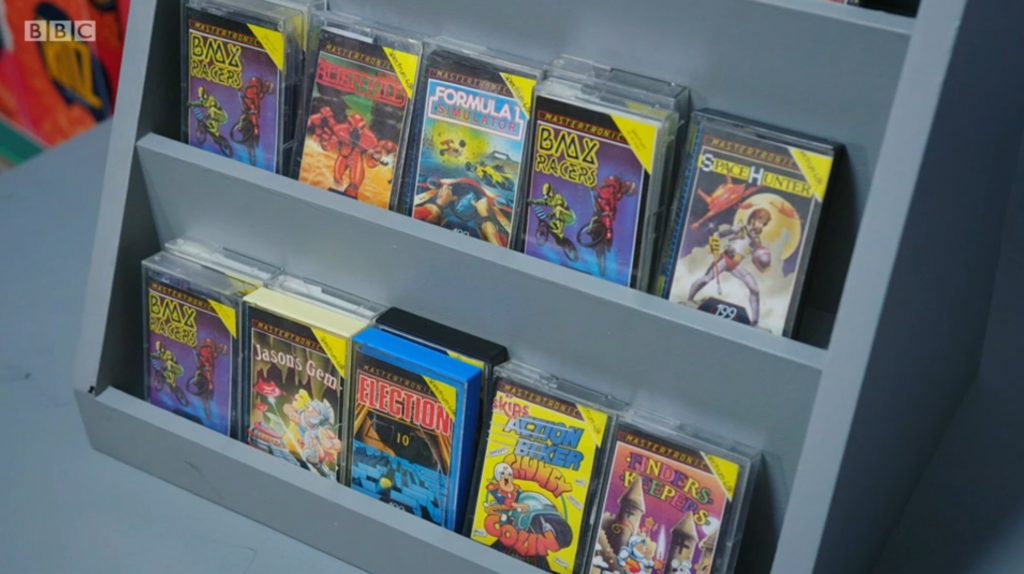
Running for just 13 issues, fronted by mystery mascot “The Controller“, aided by “Brainy” who happily answered computer-related questions on the title’s letters page, this anthology comic featured fumetti strips, just like the more successful Eagle, alongside traditional action strip adventure.
Given the quality of computer graphics of the day, as with the way artists vastly improved the worlds of Gerry Anderson’s Supermarionation shows through their interpretations in the pages of TV Century 21 in the 1960s, the Load Runner strips were very definitely much more impressive than their TV screen-delivered game versions.
While the title didn’t last long, readers were treated to some interesting tales…
Load Runner
Writer: Bill Scolding Art: Peter Dennis Letters: Steve Potter (later, Nick Hollingsworth)
The story of Mike “Byte Killer” Roman, a repairman captured by a computer and thrown into a constantly shifting virtual world, who, alongside his glamorous companion Petra (and, briefly, a weird “Pac-Man” type alien), found themselves battling all sorts of virtual menaces, rather like Eagle‘s “Ultimate Warrior“, a strip that didn’t debut until 1985, which later became “Computer Warrior“.
The story ended on a cliffhanger with Mile railing against the forces that continued to frustrate him… rather like any gamer to this day unable to complete a level, perhaps!
Bill Scolding was deputy editor of Sinclair User.

Artist Peter Dennis – interviewed here – is mainly an illustrator, best known for his work for Osprey, whose career began in the early 1970s. He also did some annuals and comic work.
“When I last corresponded with him some years back, he mentioned Load Runner,” recalls feature writer and comics archivist Shaqui le Vesconte, “but he tended to specialise now on historical military illustration.
“He also did the illustrations for the extract from the Target novelisation of [the Doctor Who] story The Monster of Peladon in a compilation of science fiction shorts for children back in the 1980s called Beyond the Stars, published by St Michael (Marks and Spencer), although I think it may have had a few other reprints.”
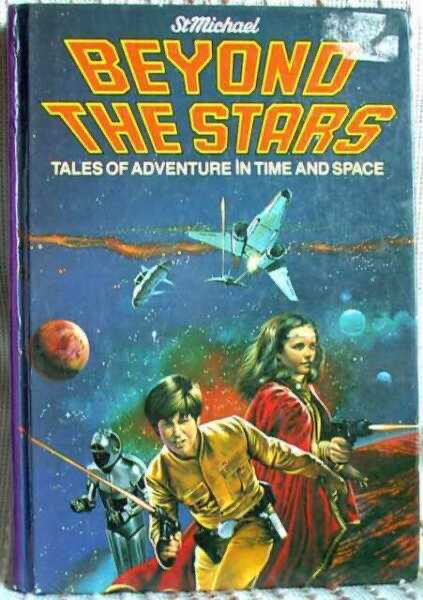
“I followed his career as a childrens book illustrator after Load Runner,” says artist Tony O’Donnell, who also recalls he drew an early graphic novel about a medieval monk who builds a flying machine.
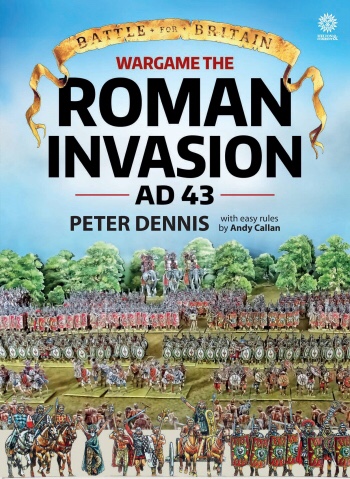

Today, his art is integral to the Peter’s Paperboys soldier books published by Helion and Company here. Helion host a range of free downloadable sheets to complement the books here. You can follow Peter’s progress day to day, comment and make suggestions on the Paperboys page on Facebook
Paperboys, a name coined in the earliest days by Andy Callan, are two-dimensional full-colour 28mm scale figures arranged in stands to be used in wargames. All arms are represented for each period, with all the types you will need to make complete historical armies. They will fit in with most modern sets of rules , also simple rules for the various periods designed for these figures are in the Helion books, or will be offered online for new subjects.
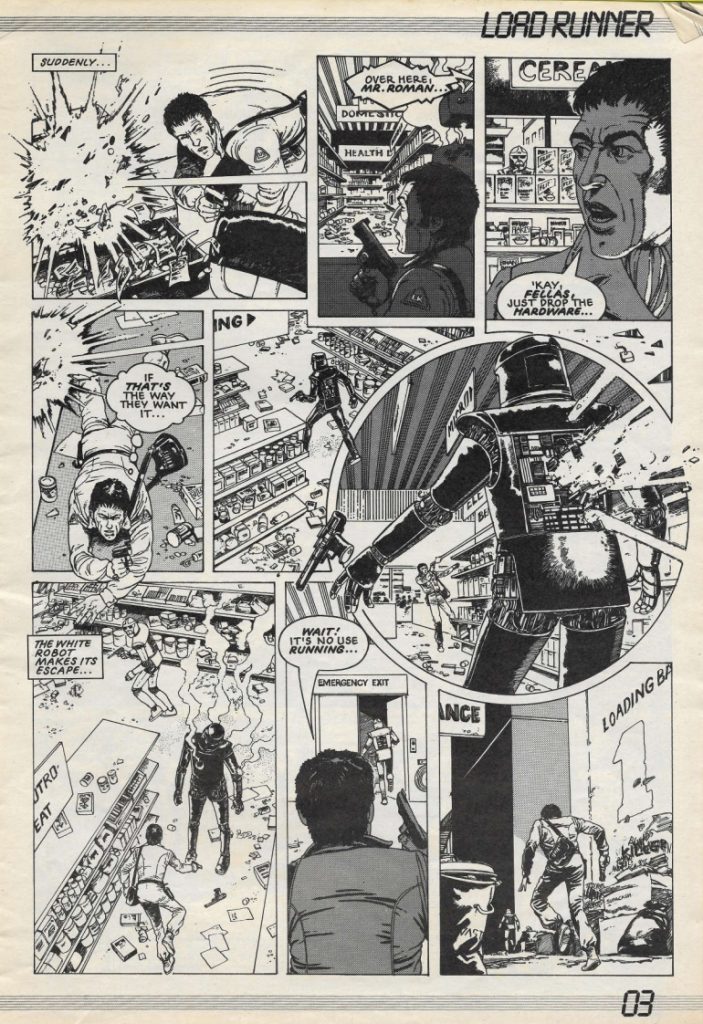
Andy Royd — The Dominators’ Rogue Star!
Writer: Chris Winch Art: John Stokes Letters: Steve Craddock
Set in 1993(!), football is now played by super-powered robotic footballers and the game’s purely a matter of technical engineering and managerial strategy. Andy is an athletic superstar whose body was rebuilt after a tragic “Computa-Kart” accident, now posing as a robot on the Dominators’ team. Can he save them from relegation and foreclosure?
Artist John Stokes was working as an Arts Council sponsored set designer at Liverpool Playhouse at the time he was drawing his strips for Load Runner, and tells us he was doing the work for the comic in the evenings.
Steve Craddock who, as noted in comments here on Bear Alley, was also a writer, who scripted “Captain Britain” and worked as a letterer on Warrior, various annuals, plus Captain Britain, Doctor Who Magazine and various other Marvel UK titles.
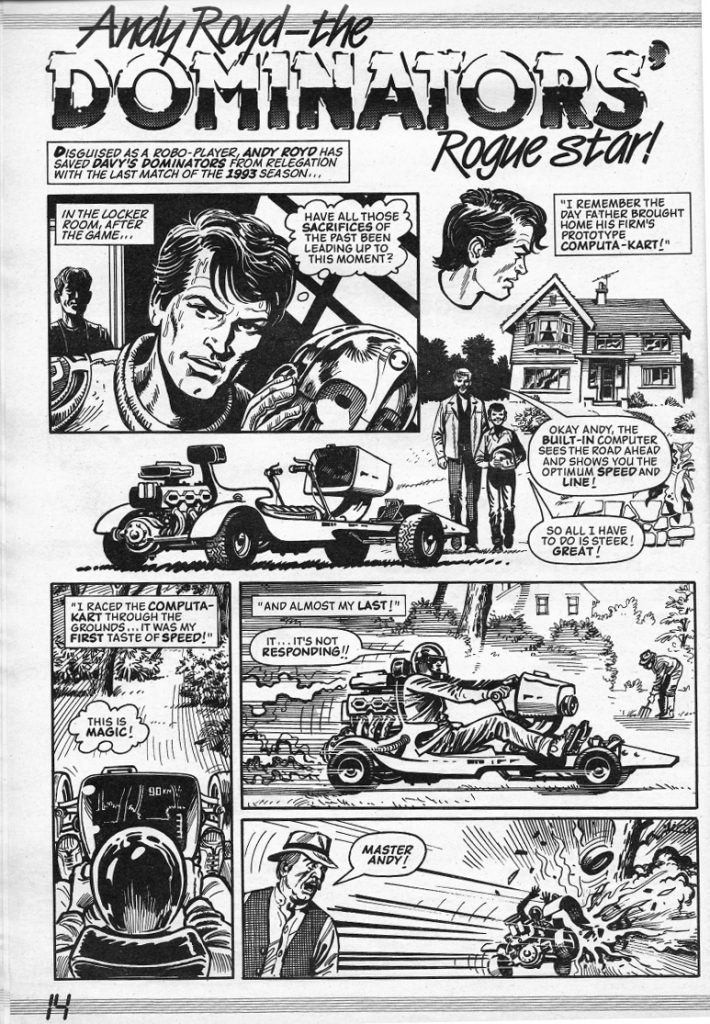
Countdown to Chaos
A continuing text story by Philip Steele, illustrator not credited
A passing comet throws the world’s computer systems haywire.
The Adventures of ROM and RAM
Cartoonist Andy Robb delivers the tale of two mouse-sized aliens pose as computers, in order to spy on Earth.
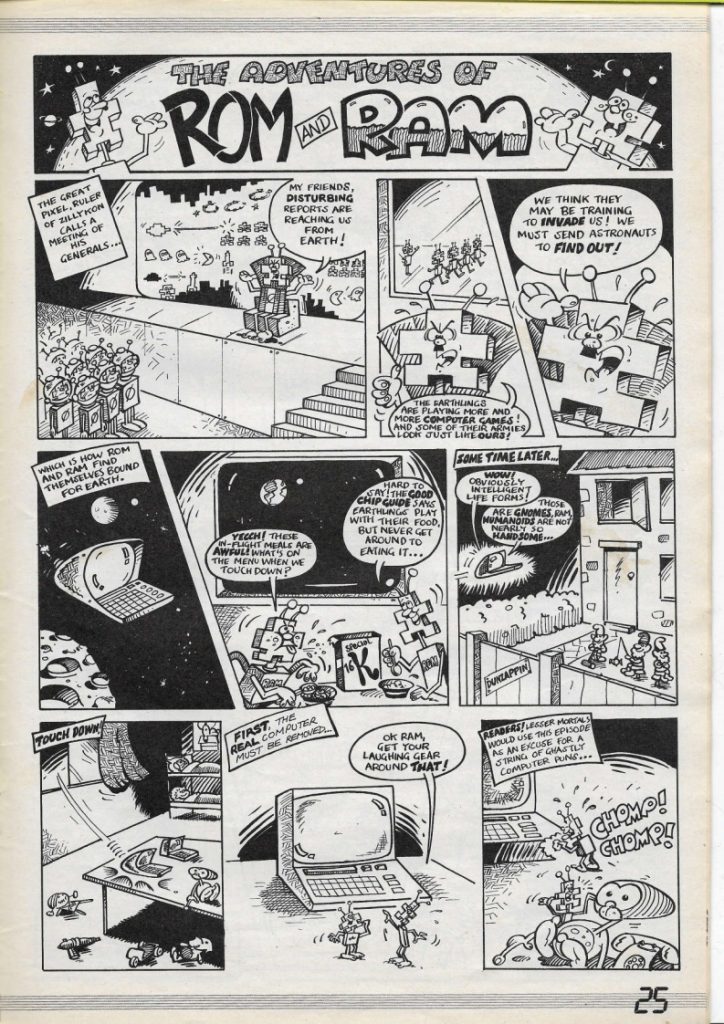
Trumbull’s World
Writer: Rob Beattie Art: Malcolm Stokes Letters: Steve Potter
The titular programmer finds the secret to interstellar travel and throws his kids into virtual-reality to escape government hitmen. The story came to a conclusion, but was to have continued in “Simian’s World“, drawn by John Canning, cut short when the title ceased publication.
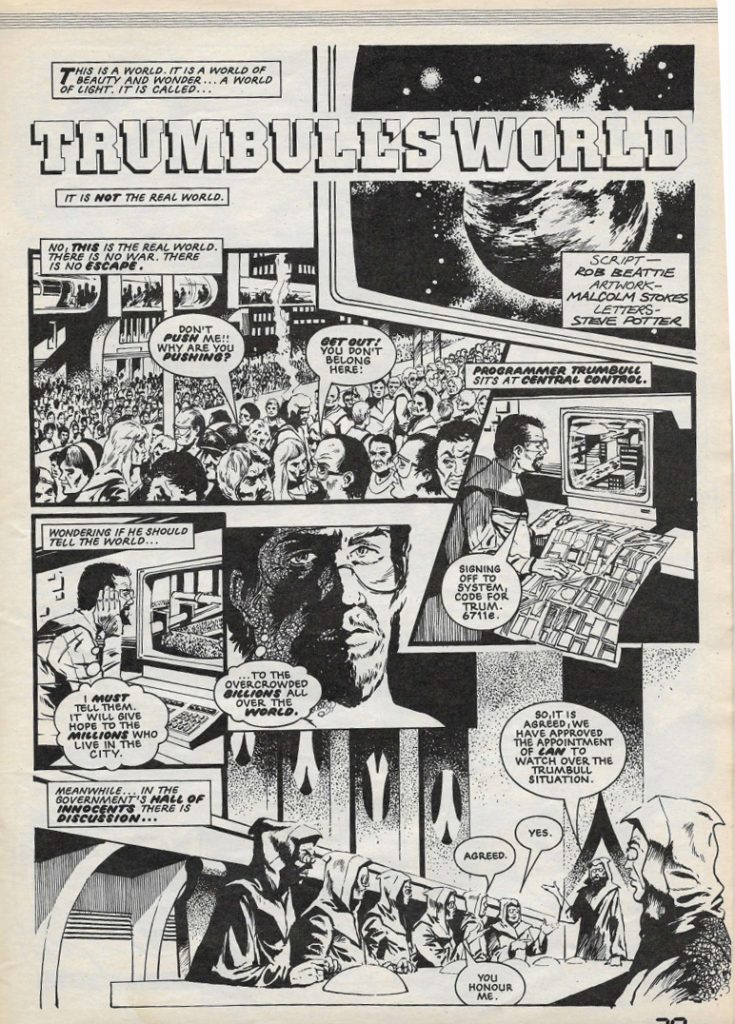
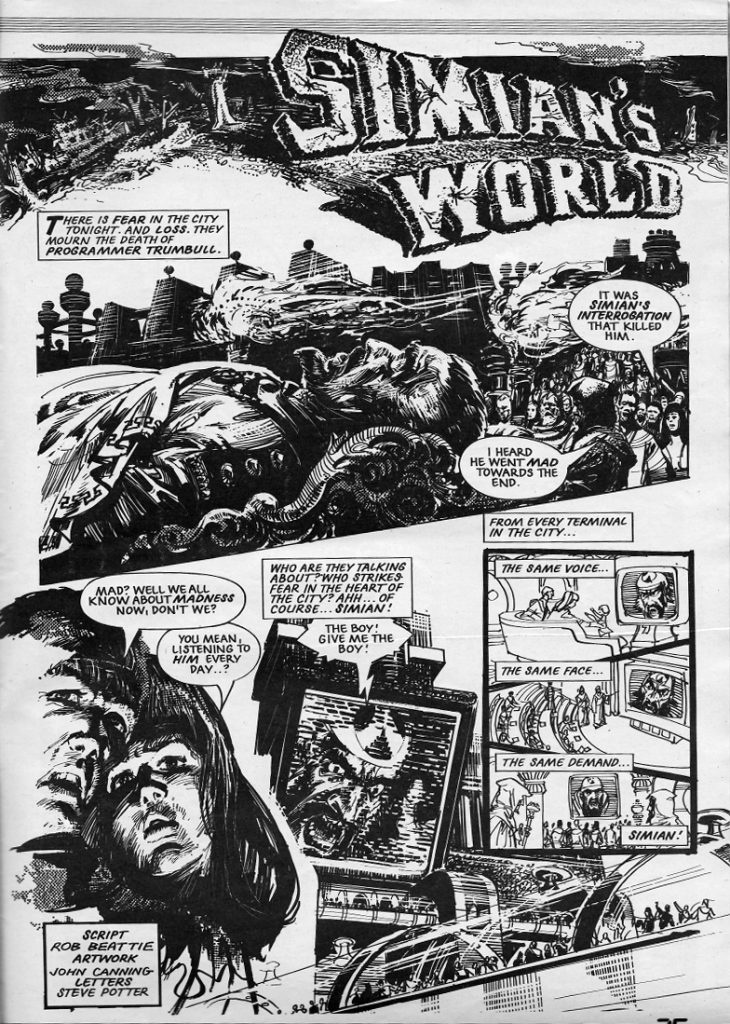
The Invasion of the Arcadians
Writer: Les Cookman Art: John Stokes Letters: Steve Cradd
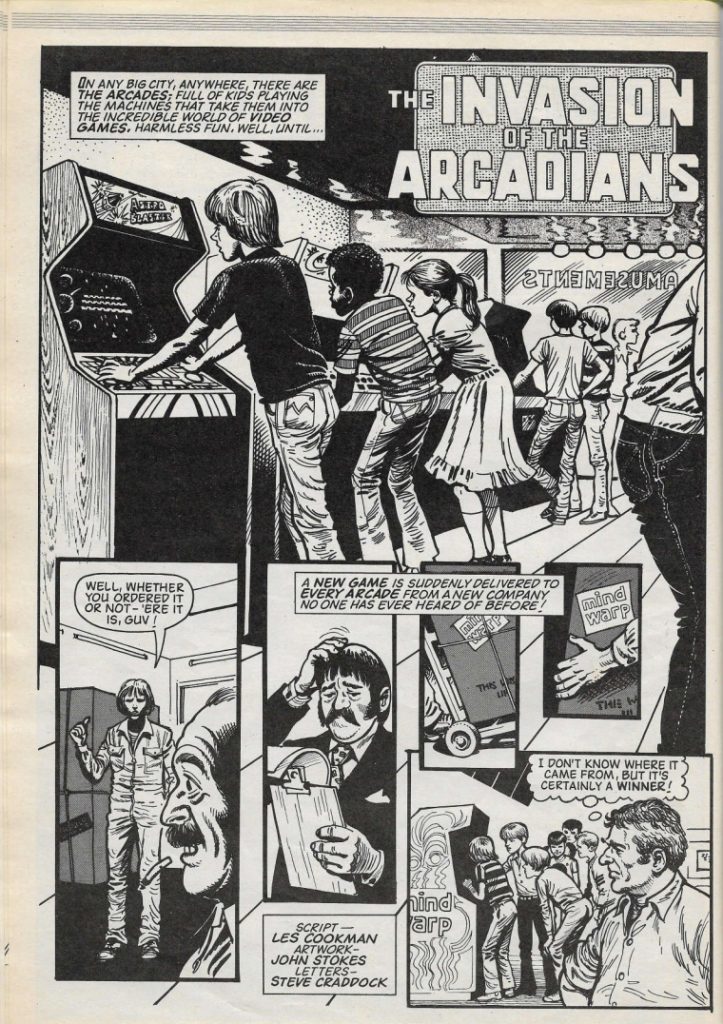
An arcade game that brainwashes kids and turns them into roller-skating punks with mohawks!
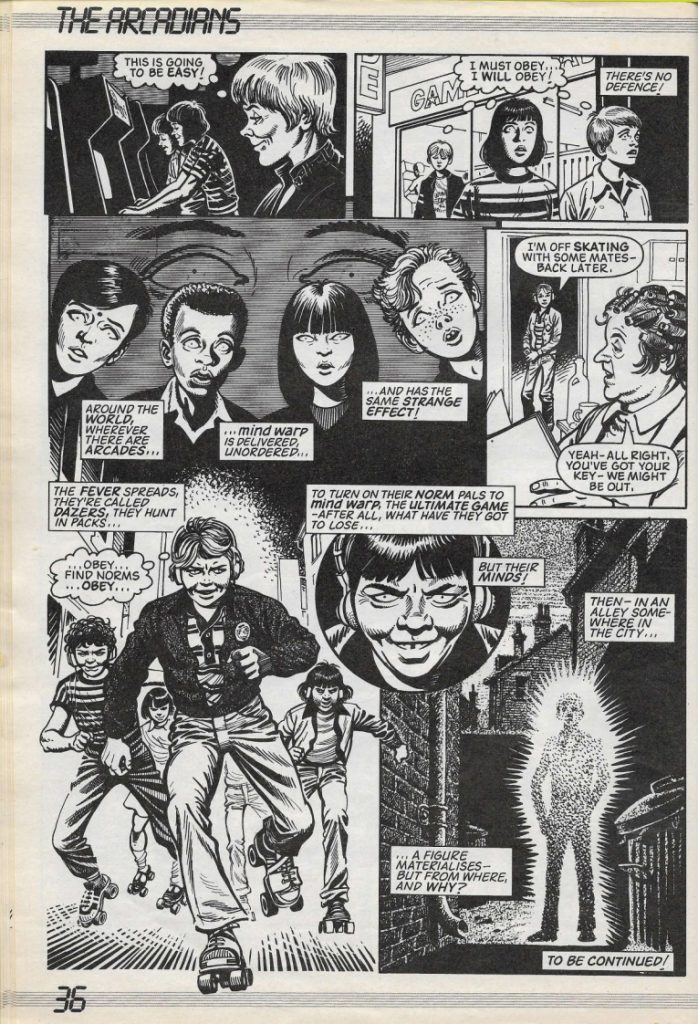
Tales from the Memory Bank
Writer: Rob Beattie, Hunter Tremayne Art: John Cooper, John Canning Letters: Steve Potter
One off stories that ran in later issues of Load Runner, where man battles machine… things don’t always end well!
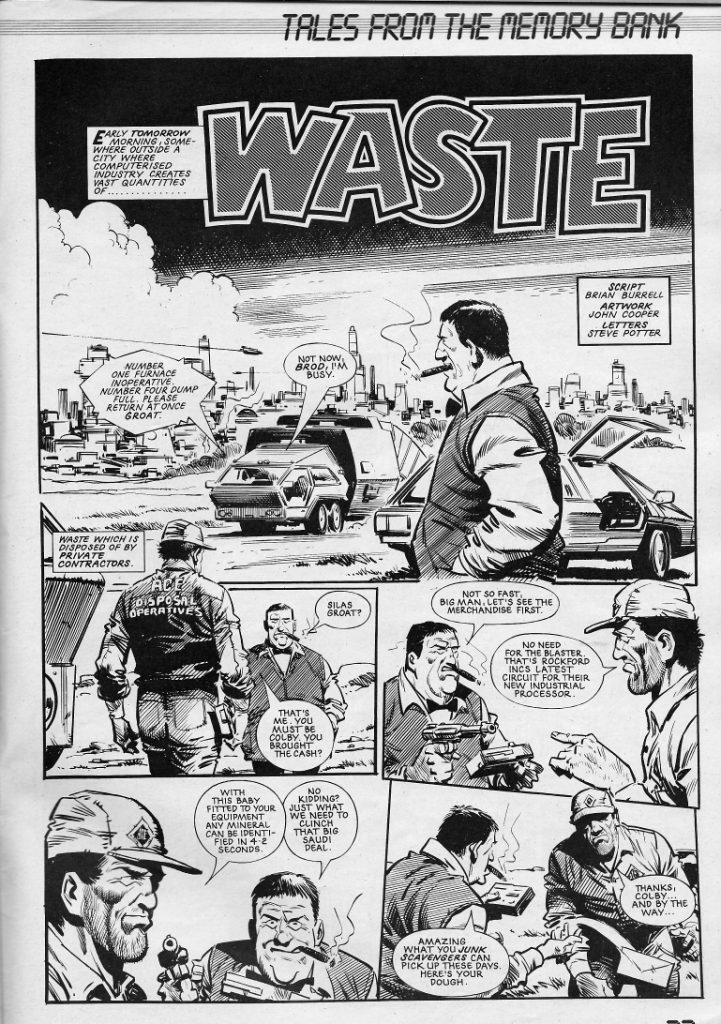

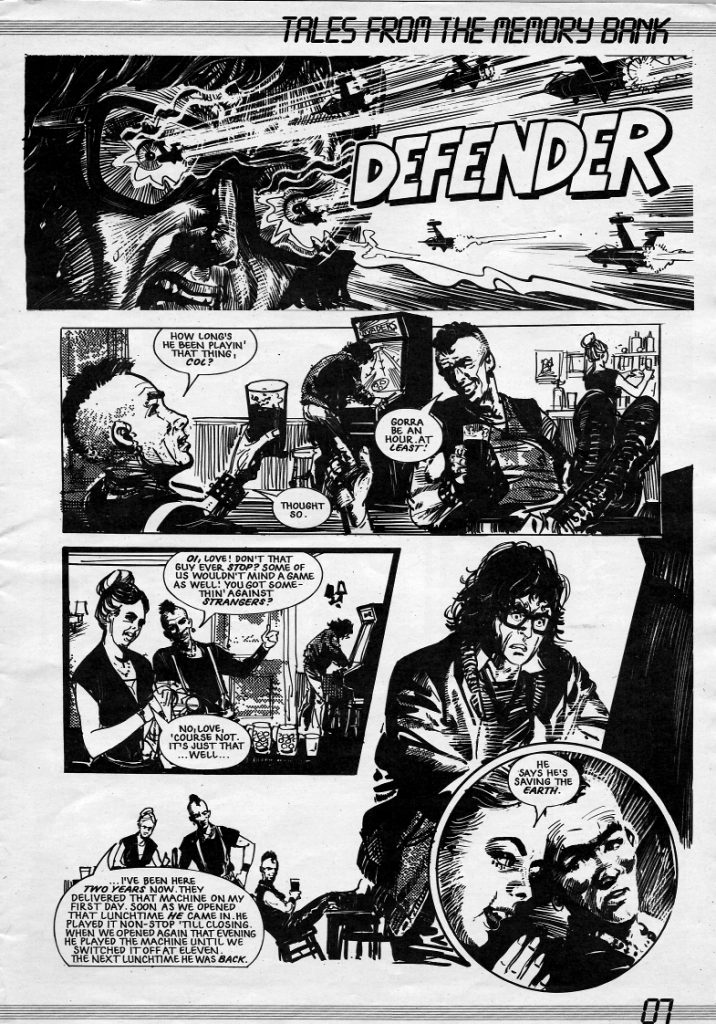
Fumetti
Time Plan 9 (Issues 1 – 6)
Writer: Frank Hopkins Art: Henry Arden Letters: Steve Craddock
This fumetti strip centres on schoolboy Paul, whose new Akron 90 computer takes on a mind of its own. Mum is not impressed, any more than that he might be hanging around with girls like “Karen Paterson”, either. (The computer was actually a rebranded Apple II – we told you this was cutting edge!).
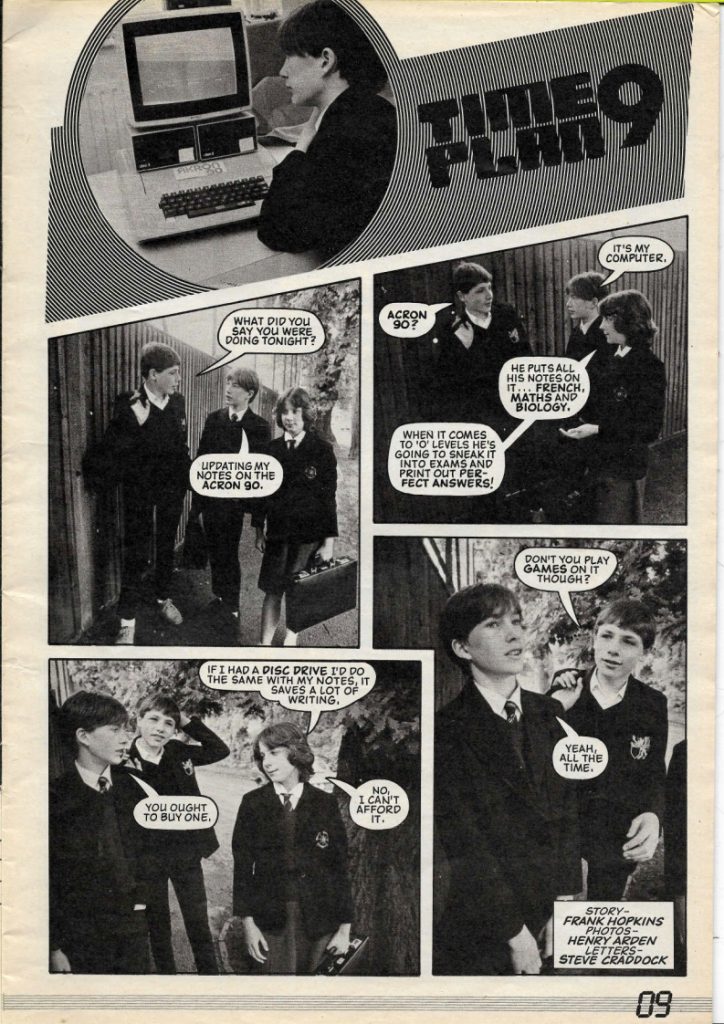
School for Software (Issues 7 – 12)
Writer: Frank Hopkins Art: Henry Arden Letters: Steve Craddock
Bev Jeavons is a computer genius who wants a computer… and she just might, if she can outwit bullying schoolboys!
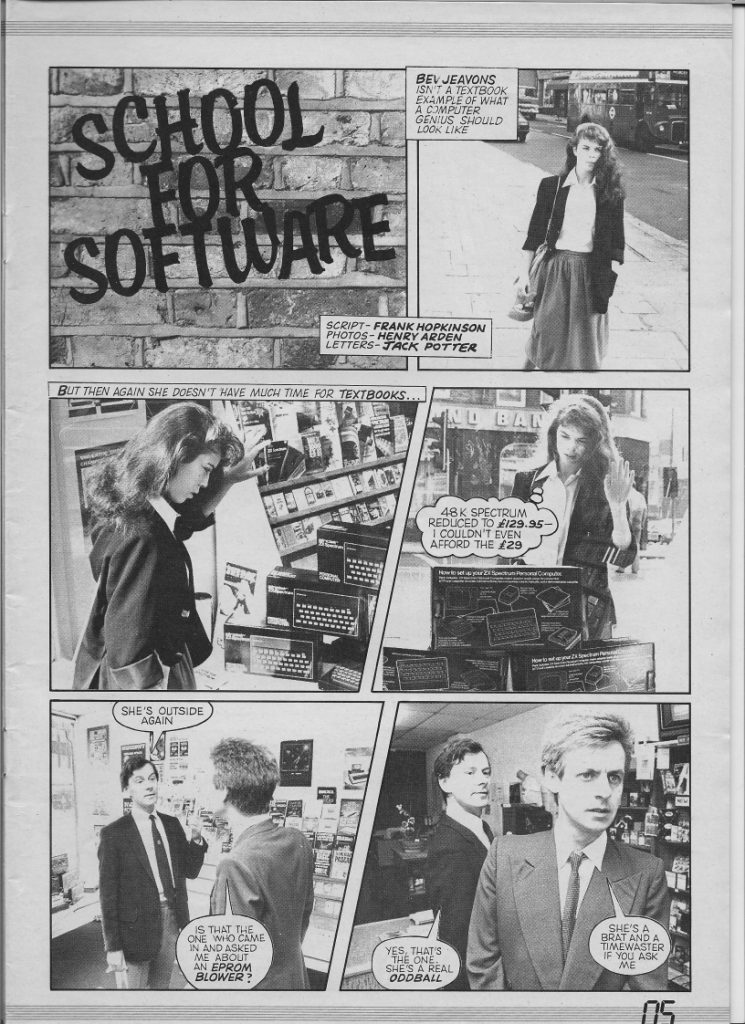
Alongside the strips, Load Runner also offered a variety of features on how computers were changing the world, short computer programs to write top create games, and guidance on which one to buy (in Issue One, it was the Acorn Atom, costing £120, which had a massive 2K of standard RAM – over 25,000 had sold by 1983. The Atari 400 in Issue 4 offered a staggering 16K of computing power, but the BBC Micro offered 32K, but cost £399!).
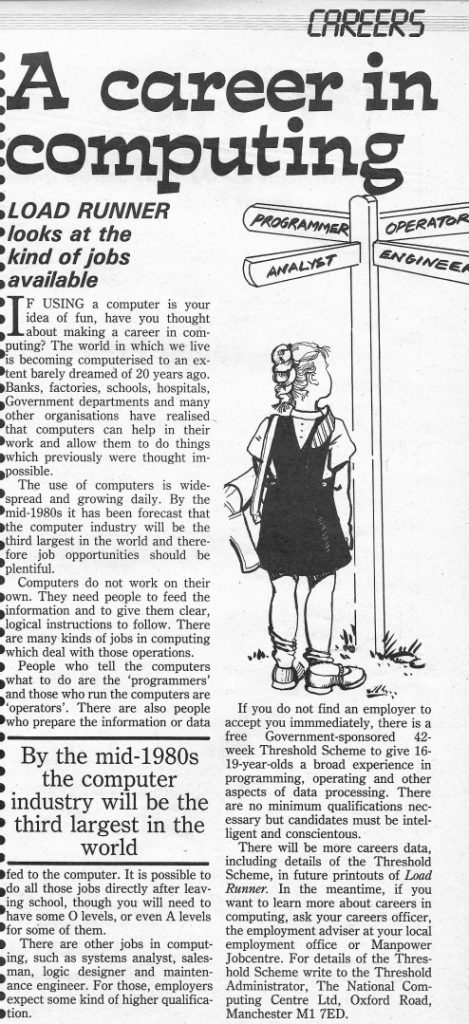
There were pin-ups, too, of pop stars like Ultravox, well known for their electronic music, magician Paul Daniels, and items and TV shows such as Blake’s 7, primarily for its ORAC super computer, and Terrahawks.
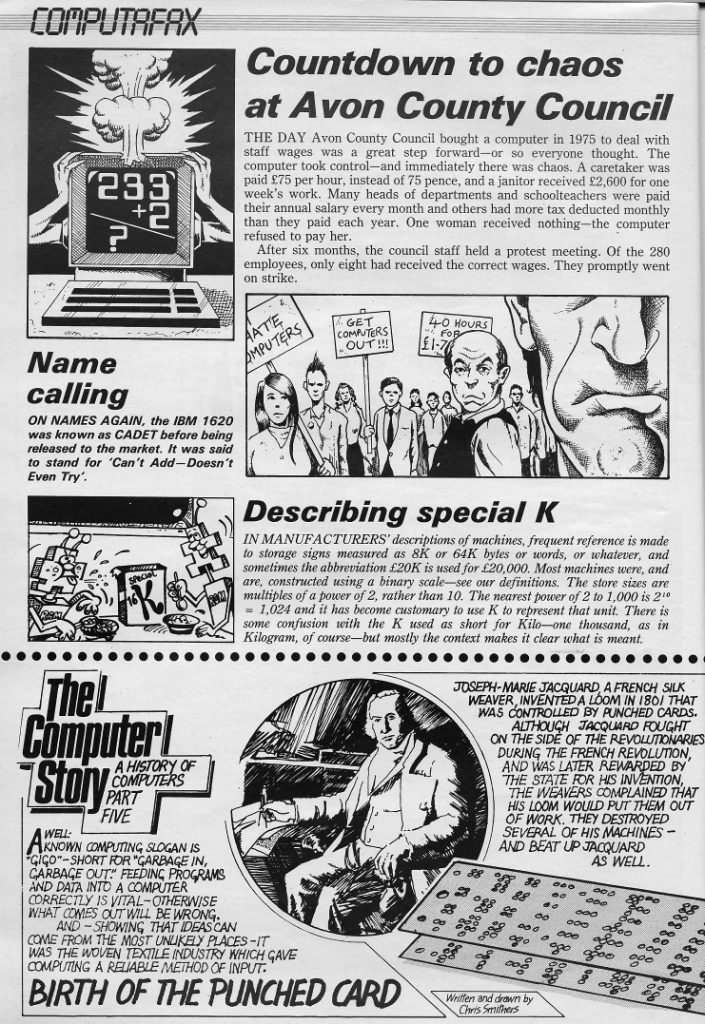

The mix of strips seems in many ways rather odd for all their invention, and despite a promotion in Issue 9 – a free single that included a track “Talk to Me”, from Mainframe – the title was cancelled with Issue 13, just before Christmas 1983, which wasn’t much of a present for those who’d stuck with the title.
Sadly, it closed out with some terrific work on “Defender” and “Simian’s World“, drawn by TV Comic “Doctor Who” artist John Canning – delivering, perhaps, some of his last comics work.
There’s no mention of Load Runner in Sinclair User in early 1984, where you might expect, perhaps, some letters of query to have been sent. Sales will surely have been a factor in the title’s cancellation, but perhaps there were other reasons, too? Perhaps there are some out there who worked on the title who could tell us…
WEB LINKS
• An archive of all 13 issues of Load Runner is part of the Internet Archive
• 5mudg3 – Load Runner feature
• Play the “Venusians” game written from code published in Load Runner for the BBC Micro (doesn’t work on Macs)
• Game Mag Weaseling: The Adventures of Load Runner in the 198th Decade
• Discussion of Load Runner on the Insane Journal
SPOOKY 2023 UPDATE!
Comic artist Mike Perkins was a huge fan of Load Runner as a kid, picking it up on a Saturday after his piano lesson. “I haven’t see my copies for years – probably since a few years after they came out, he recounted. “Figured they were still with my Mom somewhere.”
Then he bought a bunch of copies from Welsh Bridge Books & Collectables and on seeing the filled in puzzle page in one issue, realised it was his copy!
“At least it explains why I never won that Vectrex Home Arcade System!” he commented.

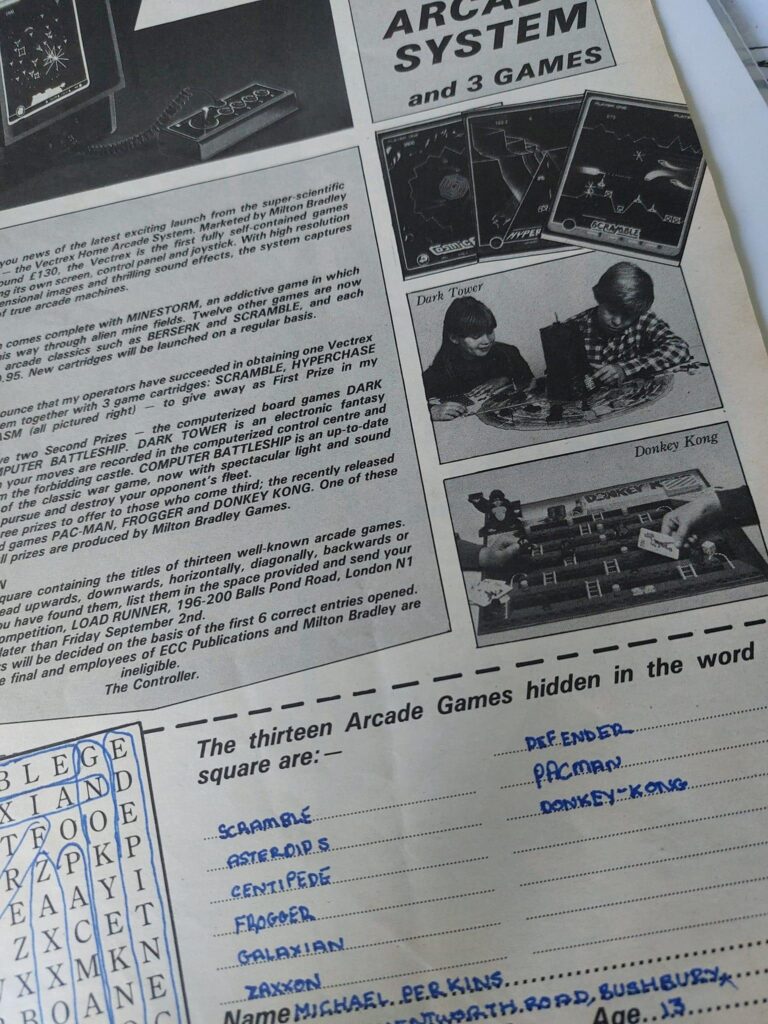
With thanks to Kate Halprin for putting me on to this “rabbit hole” article; and Shaqui le Vesconte and Tony O’Donnell for information on the career of Peter Dennis
The founder of downthetubes, which he established in 1998. John works as a comics and magazine editor, writer, and on promotional work for the Lakes International Comic Art Festival. He is currently editor of Star Trek Explorer, published by Titan – his third tour of duty on the title originally titled Star Trek Magazine.
Working in British comics publishing since the 1980s, his credits include editor of titles such as Doctor Who Magazine, Babylon 5 Magazine, and more. He also edited the comics anthology STRIP Magazine and edited several audio comics for ROK Comics. He has also edited several comic collections, including volumes of “Charley’s War” and “Dan Dare”.
He’s the writer of “Pilgrim: Secrets and Lies” for B7 Comics; “Crucible”, a creator-owned project with 2000AD artist Smuzz; and “Death Duty” and “Skow Dogs” with Dave Hailwood.
Categories: British Comics, downthetubes Comics News, downthetubes News
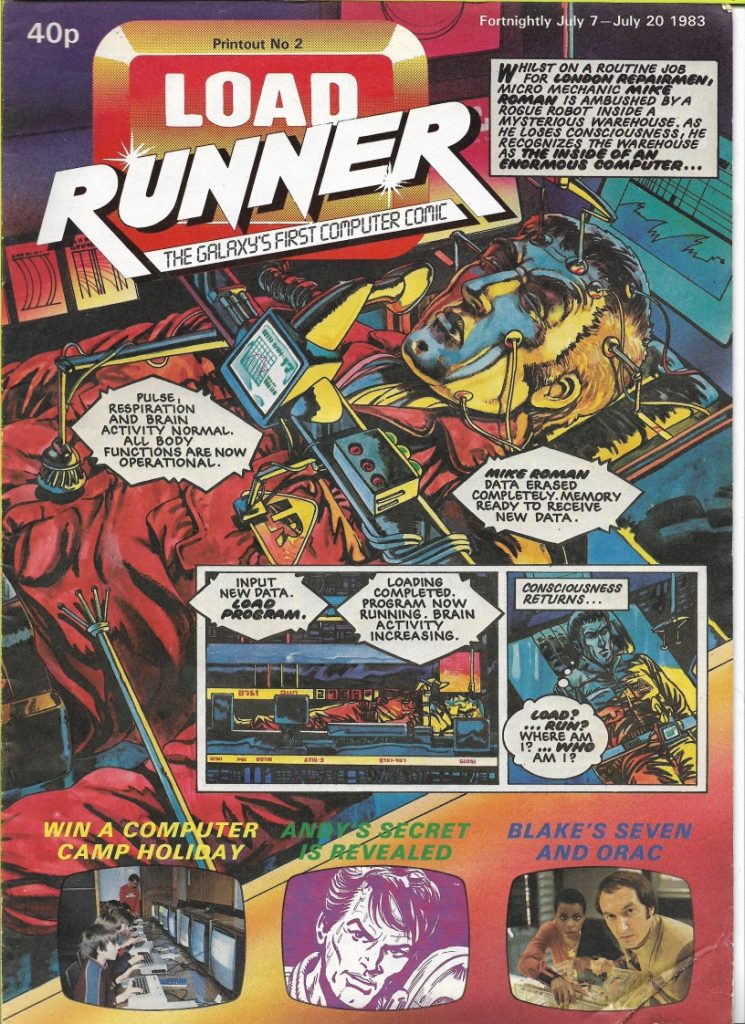
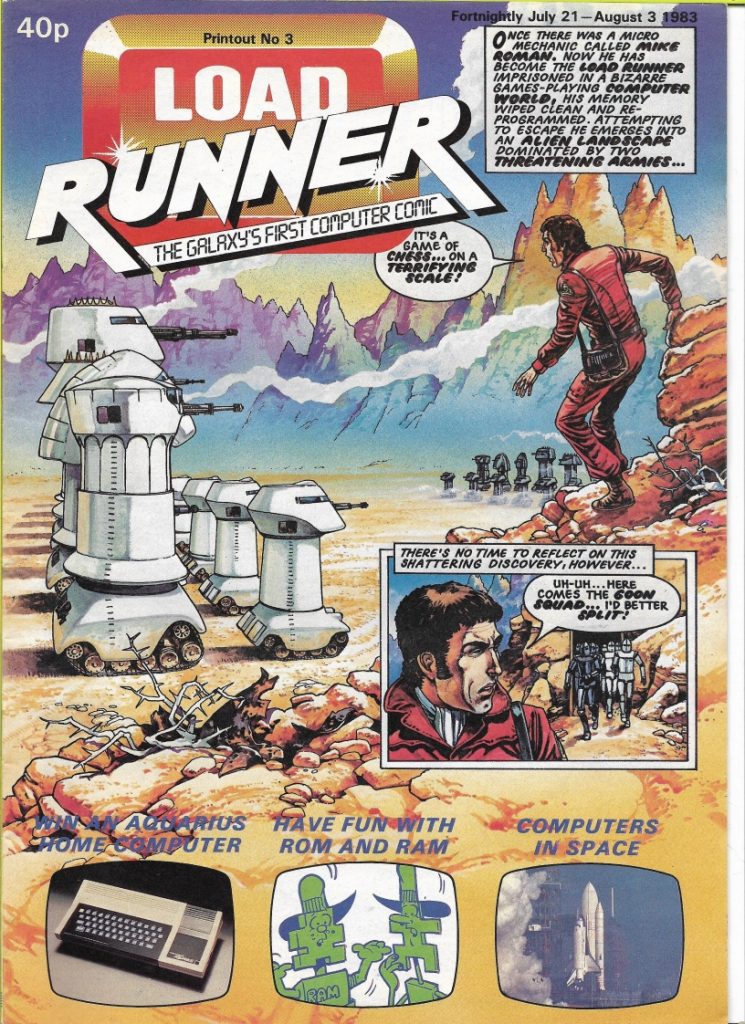
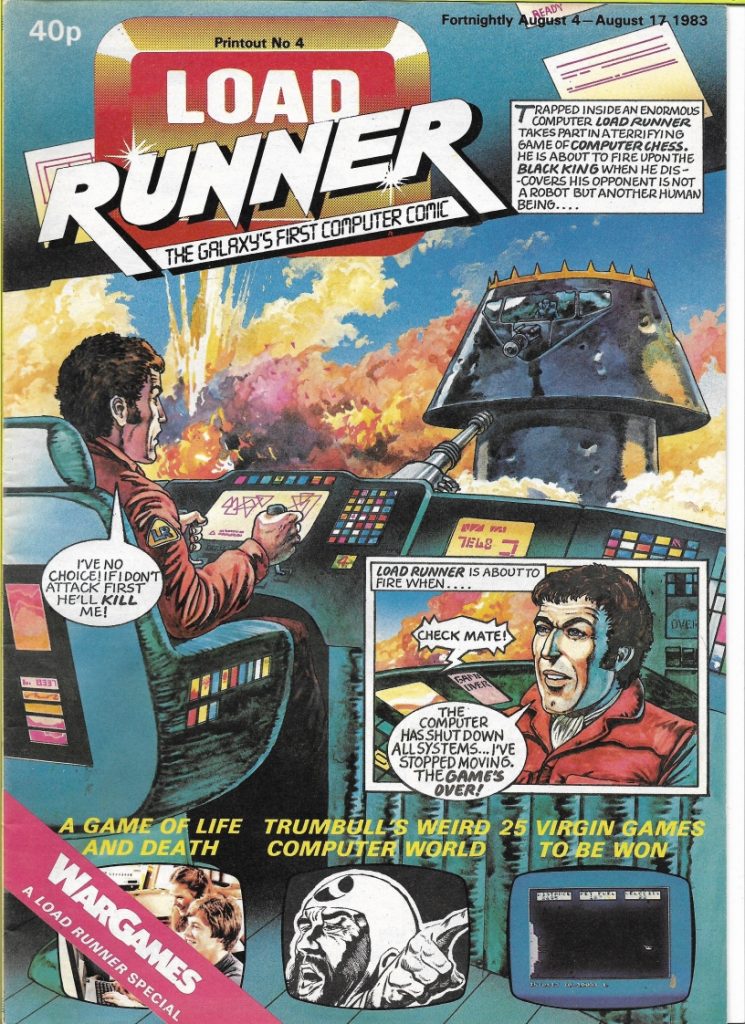
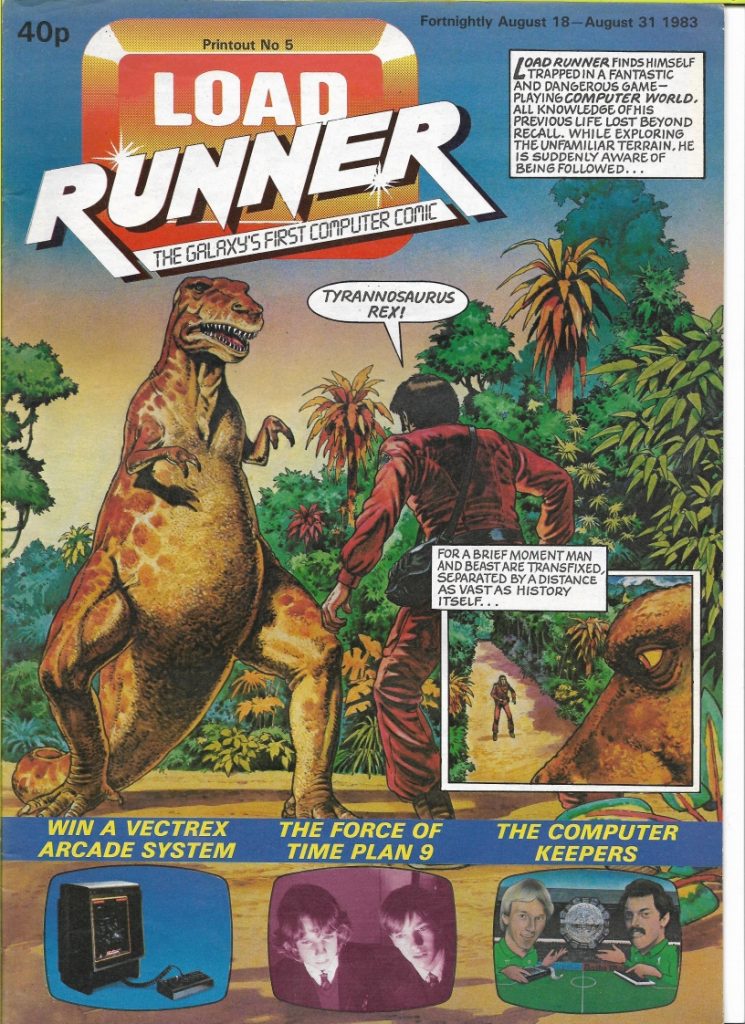
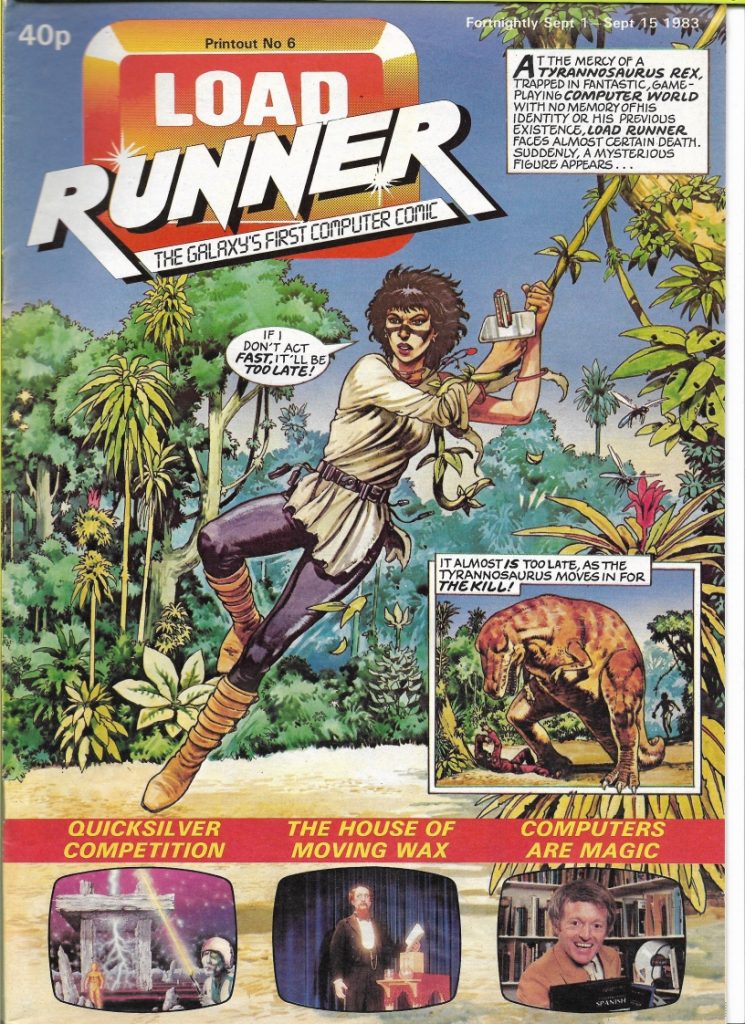
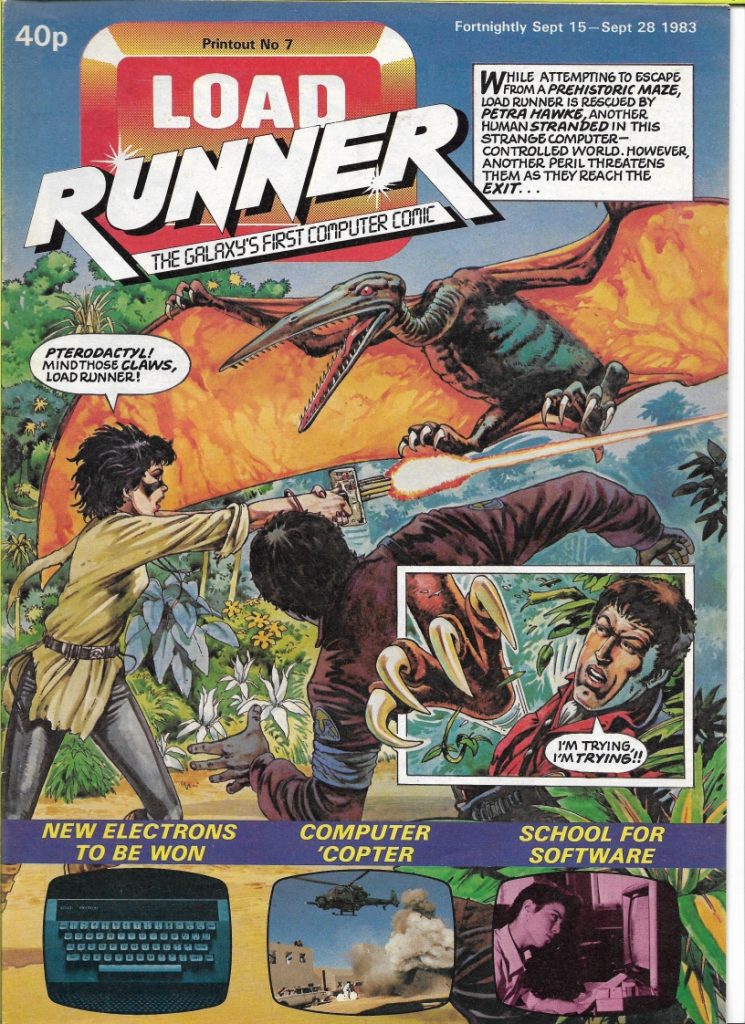
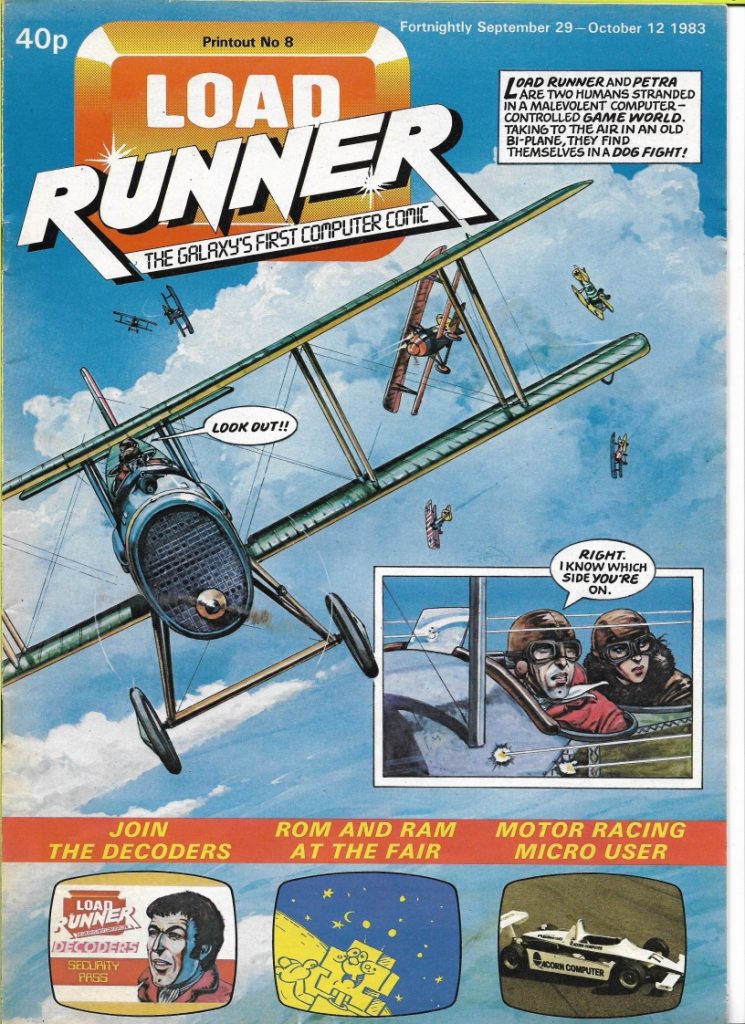
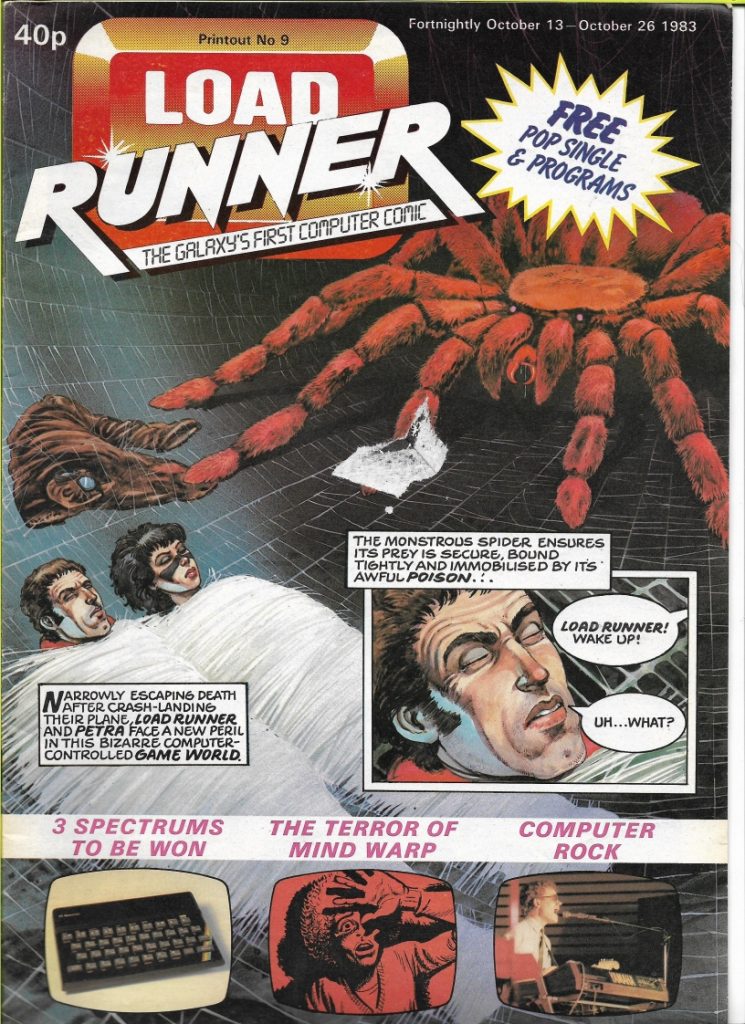
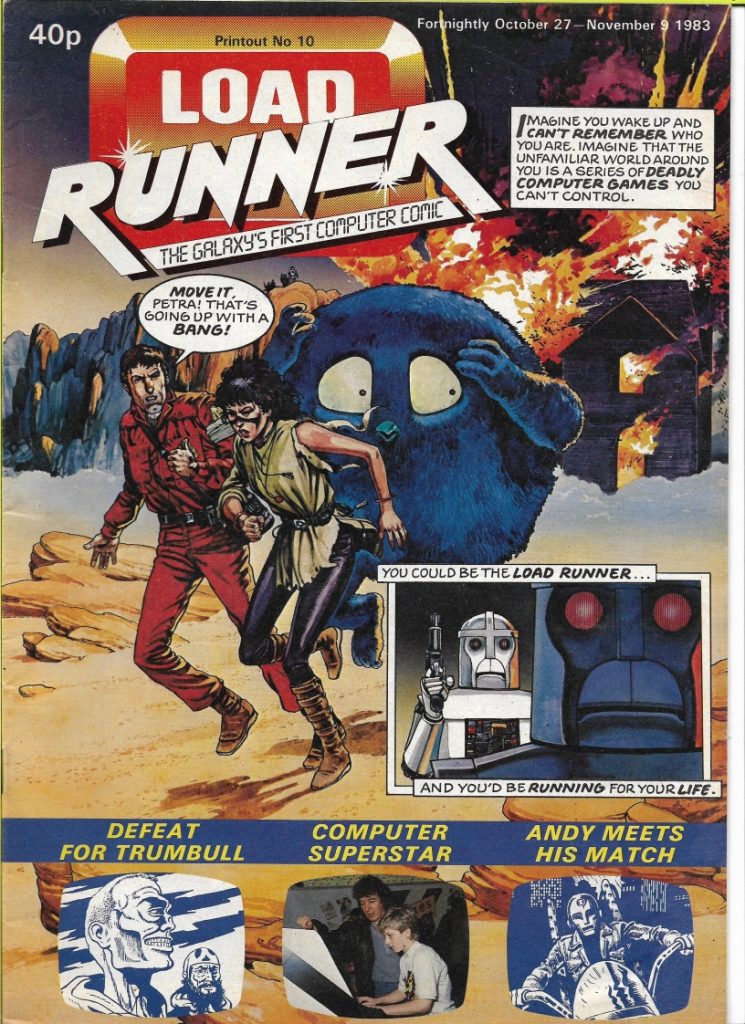
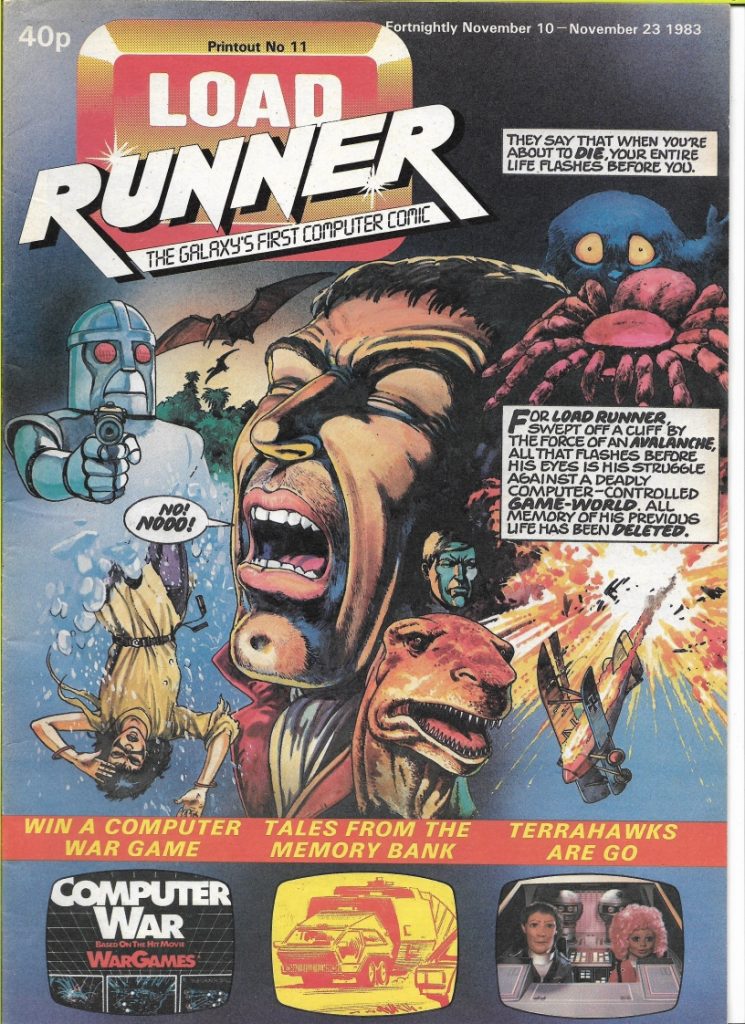


 Portsmouth Comic Con announces 2024 Talent Search
Portsmouth Comic Con announces 2024 Talent Search  Exclusive: SF thriller “Pilgrim: Secrets and Lies” continues at B7 Comics
Exclusive: SF thriller “Pilgrim: Secrets and Lies” continues at B7 Comics  Rebellion Releases: “Brink” is back in 2000AD, new Judge Dredd Megazine hist stores
Rebellion Releases: “Brink” is back in 2000AD, new Judge Dredd Megazine hist stores  New Eagle Times spotlights pioneering female comic artist Lily Renée
New Eagle Times spotlights pioneering female comic artist Lily Renée
Think I still have issue 1 somewhere.
In 1966, I wrote a program for an IBM 1440. Someone said it was too big for the machine’s 4K of core memory, but they were having me on – it had just been upgraded to 8K. Before that, I wrote for a Leo II machine which ran on punched cards and was used for the steelworks payroll: it filled the whole upper floor of a building and had great wardrobes of memory, but was still less powerful than a modern phone.
By 1983 I was foolishly still in IT, and writing/drawing a weekly strip for the computer press. When Load Runner came out, I sent them some stuff, egotistically expecting them to bite my hand off, and went on a week’s holiday. My heart sank when, on my return, I hadn’t heard – and I don’t think I ever did; what’s more, I can’t recall what I sent them…
Just two thoughts: the frame showing the Computa-Kart going rogue, hitting a tree and bursting into flames should be on the desk of every designer of ‘driverless’ vehicles.
And the Arcadians playing “Mind Warp” is not far from how religions are put into people’s heads. Art imitating life?
I’d guess that the big inspiration for the title series was ‘Tron’. It wasn’t the only “people trapped inside computers forced to play giant-size games” strip around this time: a similar storyline ran in ‘Sintek’ in Tiger about a year later, where it looked really out of place. ‘Computer Warrior’ was probably the definitive British comics take on it though.
Ah – Tron! My wife and I really enjoyed it; a very different type of film. Max Headroom was another character that appealed to both of us.